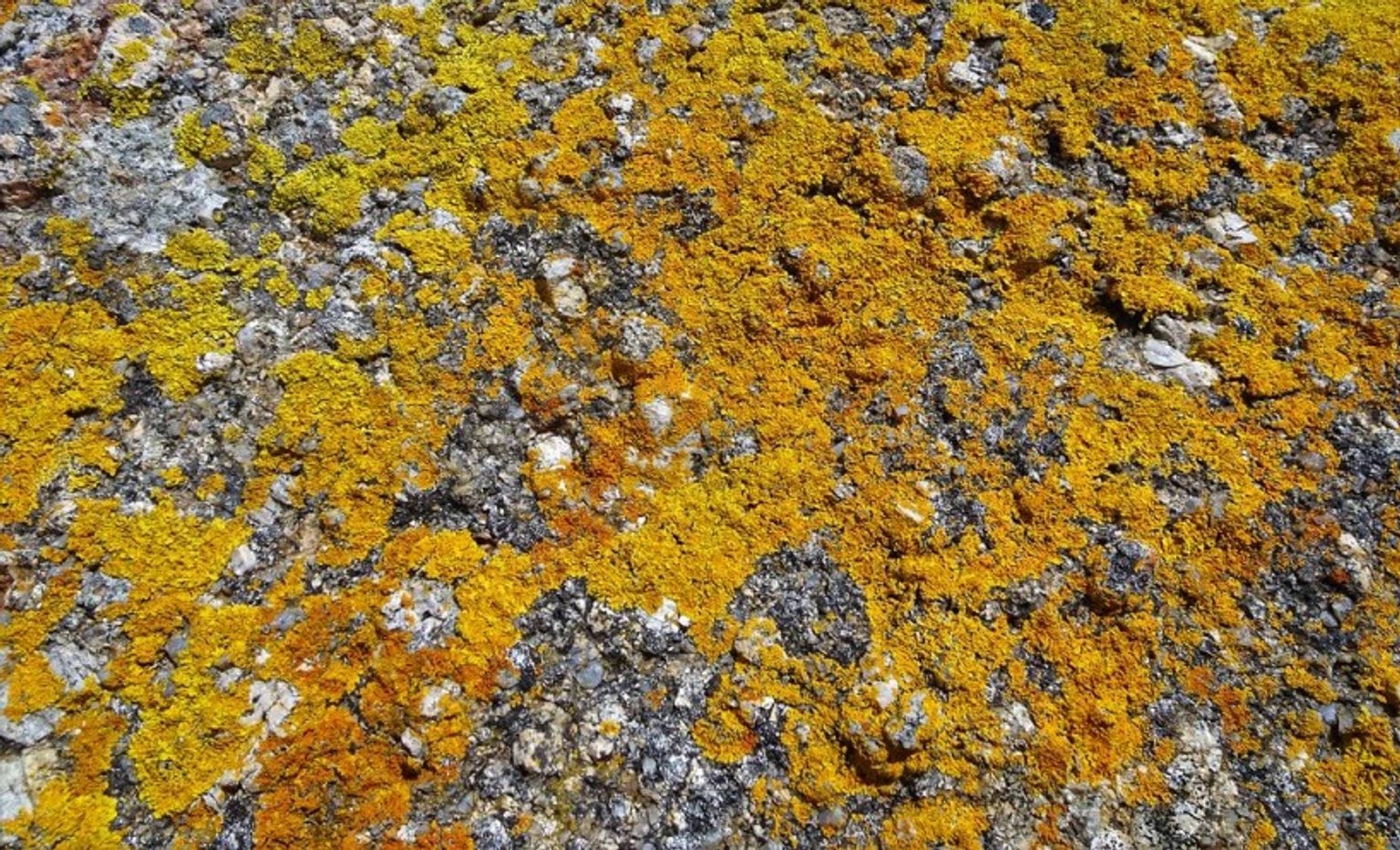- Published:
- Wednesday 7 April 2021 at 3:09 pm
- Published by:
- Department of Premier and Cabinet

The Victorian Aboriginal Heritage Council is concerned at the very real capacity within the Aboriginal Heritage Act 2006 for destruction of Aboriginal Cultural Heritage. Whilst strong, the Act requires work to set an international best practice standard for care of Cultural Heritage by Traditional Owners.
One such failing is the lack of capacity to identify or monitor Cultural Sites or Ancestral Remains that are on private property.
Authorised Officer (AO) or Aboriginal Heritage Officer (AHO) are unable to proceed if a landowner refuses permission to access their property for, amongst other reasons, the purposes of investigating suspected damage to the site.
In this instance, a significant Cultural Site that is already inaccessible to Traditional Owners for cultural use is also unable to be protected in an ongoing capacity.
Community concerns around AOs and AHOs being allowed entry without the consent of the occupier
Council are currently asking the community to consider whether that Act should be amended to allow AOs and AHOs to enter land or premises without the consent of the occupier. This would be in accordance with similar provisions for Authorised Officers under s 55 of the Victorian Environment Protection Act 1970 and part 7.4 of the NSW Protection of the Environment Operations Act 1997.
The current legislation restricts AOs’ and AHOs’ powers to the point where they are inhibited from carrying out their functions. In the likely event that an individual who is suspected of an offence against the Act does not give an Officer consent to enter their premises, the Officer is stopped from carrying out their duty to protect Aboriginal Cultural Heritage.
Although this amendment may seem like a curtailment of the occupier’s rights, it is necessary for striking the balance between those rights and the rights of Traditional Owners under the Act. Namely, the rights to the protection and management of their own Cultural Heritage.
Review of the Aboriginal Heritage Act 2006
In 2007, the Act came into being, enshrining Council and its responsibilities to register Aboriginal parties to manage both Country and Cultural Heritage. Also in 2007, the United Nations General Assembly adopted the significant Declaration on the Rights of Indigenous Peoples. Supporting the survival, dignity and wellbeing of Our People, the Declaration is the foundation of Council's work.
The Aboriginal Heritage Act and Declaration, together, provide some of the greatest protections for Traditional Owners in the country. However, there is still much to be done in realising a fundamentally self-determined and tangible ownership of our Culture, Heritage, History and Country. The time has come for Traditional Owners to do more than play a part, they must realise their rights to control their Cultural Heritage through the law that governs the protection and management of that Cultural Heritage.
On 22 June 2020, Council published Taking Control of Our Heritage, a Discussion Paper on legislative reform of the Aboriginal Heritage Act 2006. The review is undertaken pursuant to its responsibilities under Sections 132(2)(cg) and 132(3) of the Act and the objective was to have a genuine conversation with Traditional Owners, land managers, the broader community and the government on the operation of the Act.
Later this month, Council will release proposals for changes to the Act, to better protect Aboriginal Cultural Heritage and allow Traditional Owners to manage their own Cultural Heritage.
Updated

